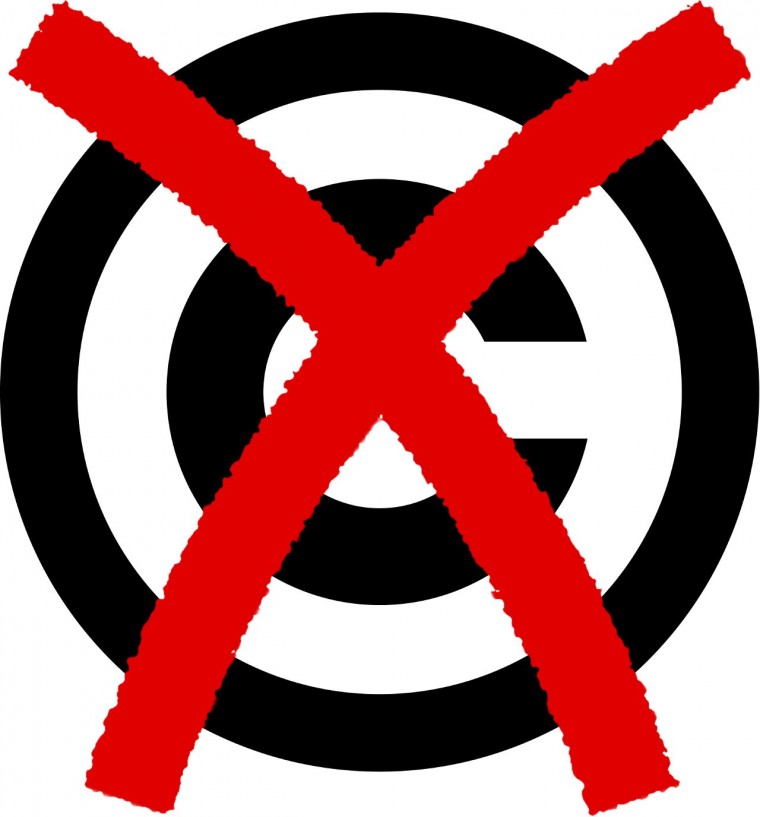Creative Commons became so widely used due to its core benefits in comparison to Copyright law that are advantageous both for authors and users. The first bonus are the reduced information costs associated with the use of creative content (Elkin-Koren, 2006). While copyright involves high transactions costs for the users including the ones associated with learning the scope of rights in the asset, identifying the right holder, and negotiating the terms of use, CC offers an improved licensing scheme with standardised legal and technological infrastructure that ‘overcomes the constraints to accessing creative works’ (Elkin-Koren, 2006). The process of obtaining a CC license is very user-friendly and designed to meet the diverse preferences of authors while sers may easily identify the type of license applied to a work and get a permission to its use with small transaction costs.
Moreover, with CC, the authors can bypass the bureaucratic procedures and disadvantageous conditions related to signing a contract with labels as well as govern the use of their works independently ‘retaining specific rights of their choice’ (Newstalk Magazine, 2014). ‘It seemingly empowers individuals with legal powers that were once available only to industry’ (Elkin-Koren, 2006). According to Hartman, CC licensing model is an excellent tool for artists to promote their works, reach wide audience and create relationships with fans that results in the production of high quality music (Olwan, 2013).
Due to the fact that the most popular type of license is Attribution-NonCommercial Sharealike that allows users to employ a work for non-commercial purposes, it is clear that Creative Commons facilitates ‘sharing, public education, and creative interactivity’ (Elkin-Koren, 2006). Thus, people may use this shared creativity with ‘some rights reserved’ for inspiration and the creation of new masterpieces regardless of their location, financial situation and the field of art they are involved in (Hugenholtz, 2014).
Furthermore, Creative Commons serves to ‘protect works of special public value from exclusionary private ownership and from obsolescence due to neglect or technological changes’ (Hugenholtz, p.332., 2006). ‘Creative Commons also minimizes legal, technical, and social barriers to sharing and reuse of educational materials’ (Creative Commons, 2016) that is especially important in today’s fast developing world where education requires frequent upgrades and application of technological innovations (Olwan, 2013).
